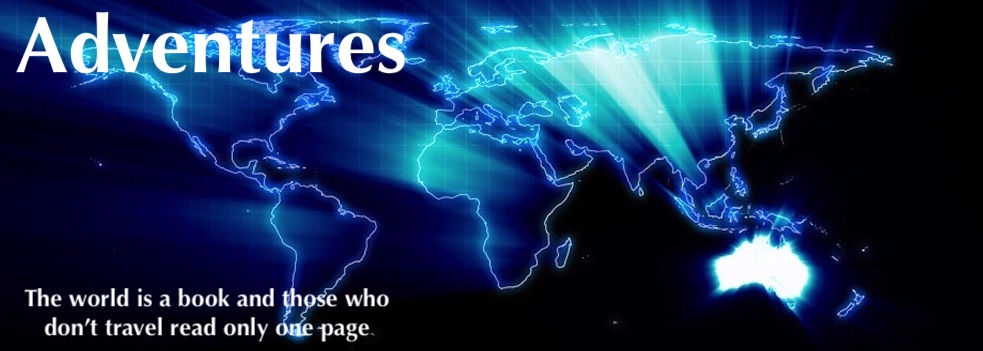Route 108 to Mae Hong Son
Route 105 meets Route 108 at Mae Sariang and connects that regional centre with Mae Hong Son. The 600 kilometre ‘sort of’ circular Mae Hong Son Loop (also known as the Chiang Mai Loop) comprises Route 108, Route 107 and Route 1095. This iconic journey, popular with motorcyclists and driving enthusiasts from around the world, typically starts and finishes in Chiang Mai. Side trips expand it to a drive/ride of about 800 kilometres. Coincidentally, our journey was about two thirds of the Loop.
- Baan Mae La Noi, 29 kilometres north of Mae Sariang, is at the intersection of Routes 108 and 1266.
The drive along Route 108 to Mae Hong Son was just as challenging as yesterday’s Route 105. With no reason to stop at Mae Hong Son we pushed on towards Pai.
Like yesterday on Route 105, there were numerous checkpoints. Illegal immigrants/refugees are the focus of the considerable Thai Police and Army presence.
- Police/Army Checkpoints.
The famous/infamous Route 1095 to Pai – the road of 1864 curves – starts/finishes at Mae Hong Son. Before we could finish negotiating this huge tally of curves we elected to visit the highly-recommended tourist destination of Baan Rak Thai.
Baan Rak Thai
This is a ‘Chinese’ village on the Thai/Myanmar border that was established in 1949 when a cohort of Kuomintang (Chinese Nationalists) fleeing the Mao Zedong’s communists left China through Laos and Burma to find refuge in northern Thailand. The town got its current name in 1984 – meaning ‘Love Thailand’.
- View across lake.
- If you’re lucky you can secure this piece of real estate to camp the might.
After taking a few photographs there is little to do in Baan Rak Thai other than watch other people also wondering, “why am I here?” and maybe have some Thai food in the Chinese restaurant. It is a low grade tourist destination – despite what the effusive, pay-for-praise social media scribes may write – although the access road (Route 4001) is a great drive. These ‘influencers’ admit that there is nothing to do in Baan Rak Thai and then attempt to make a virtue out of being bored.
- Lakeside accommodation.
- Boats for hire to circumnavigate the lake.
That said, go to Baan Rak Thai! If for nothing else but the great drive/ride in and out. Depending on your disposition you may feel an affinity with the Chinese decorations, tea plantations and the chintzy condos around the man made lake.
Leaving Baan Rak Thai, we retraced our route to the Mae Hong Song-Pai Road – the notorious Route 1095 – where there is a conveniently located cafeteria that sells Route Number stickers as a sideline.
- Tea plantation just out of Baan Rak Thai.
The producers of these fanciful stickers seem to compete with one another in the claims of how many curves/bends there are between iconic locations. The only claim that has even a modicum of veracity is that of 1864 curves/bends between MHS and Pai. This number is supported by the sign at the cafeteria – although what weight can be attributed to the veracity of that sign is dubious.
- Not sure how reliable the sign is.
- Rental motorcycle. The rider complained of it being underpowered.
Pai is a zoo! Lots of Farangs. We found a homestay one block from Walking Street – more correctly ‘Walking and Motorcycle Street’. One of the appeals of Walking Streets in Thailand is the relief from the ever-present hazard of dealing with traffic. In Pai Walking Street, not so much.
- Viewpoint before Pai.
Pai is a party town for Farang backpackers. While partying, tubing on a river, visiting another boring wat, getting pissed, or ‘people watching’ are considered high quality activities for some, others may consider there is precious little to do in Pai.
- Australian Aboriginal art (invented in 1971 *) adorning a support in a Pai restaurant.
The day’s journey was 333 kilometres through more than 1864 curves (apparently) in one Province (Mae Hong Son).
* Papunya Tula – National Museum of Australia
(https://www.nma.gov.au/defining-moments/resources/papunya-tula)
Go to Pai to Chiang Mai.
Go back to Tak to Mae Sariang.
Go to Northern Thailand Overview.
© Kim Epton 2024
695 words, 14 photographs.
Feel free to use any part of this document but please do the right thing and give attribution to adventures.net.au. It will enhance the SEO of your website/blog and Adventures.
See Terms of Use.














